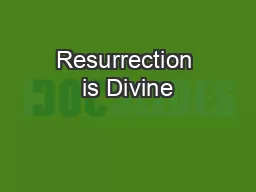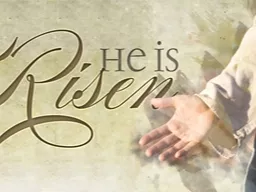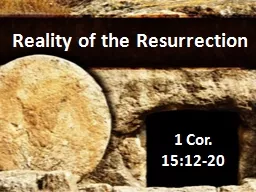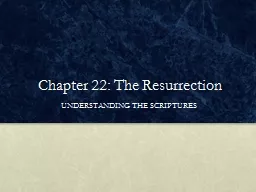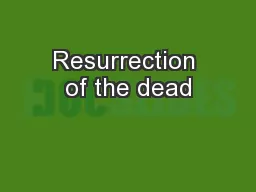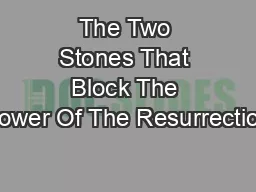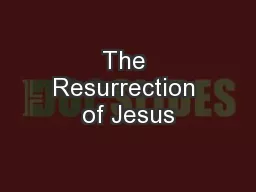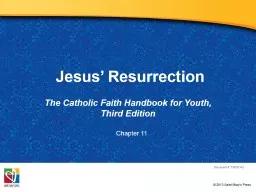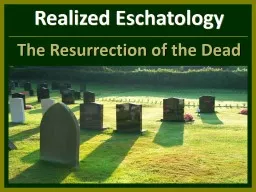PPT-Resurrection is Divine
Author : ellena-manuel | Published Date : 2017-05-14
N onviolence If Jesus warned about the power of scandal he himself did not succumb to it He did not invoke retaliatory counter violence 1 Peter 22324 When they
Presentation Embed Code
Download Presentation
Download Presentation The PPT/PDF document "Resurrection is Divine" is the property of its rightful owner. Permission is granted to download and print the materials on this website for personal, non-commercial use only, and to display it on your personal computer provided you do not modify the materials and that you retain all copyright notices contained in the materials. By downloading content from our website, you accept the terms of this agreement.
Resurrection is Divine: Transcript
Download Rules Of Document
"Resurrection is Divine"The content belongs to its owner. You may download and print it for personal use, without modification, and keep all copyright notices. By downloading, you agree to these terms.
Related Documents

